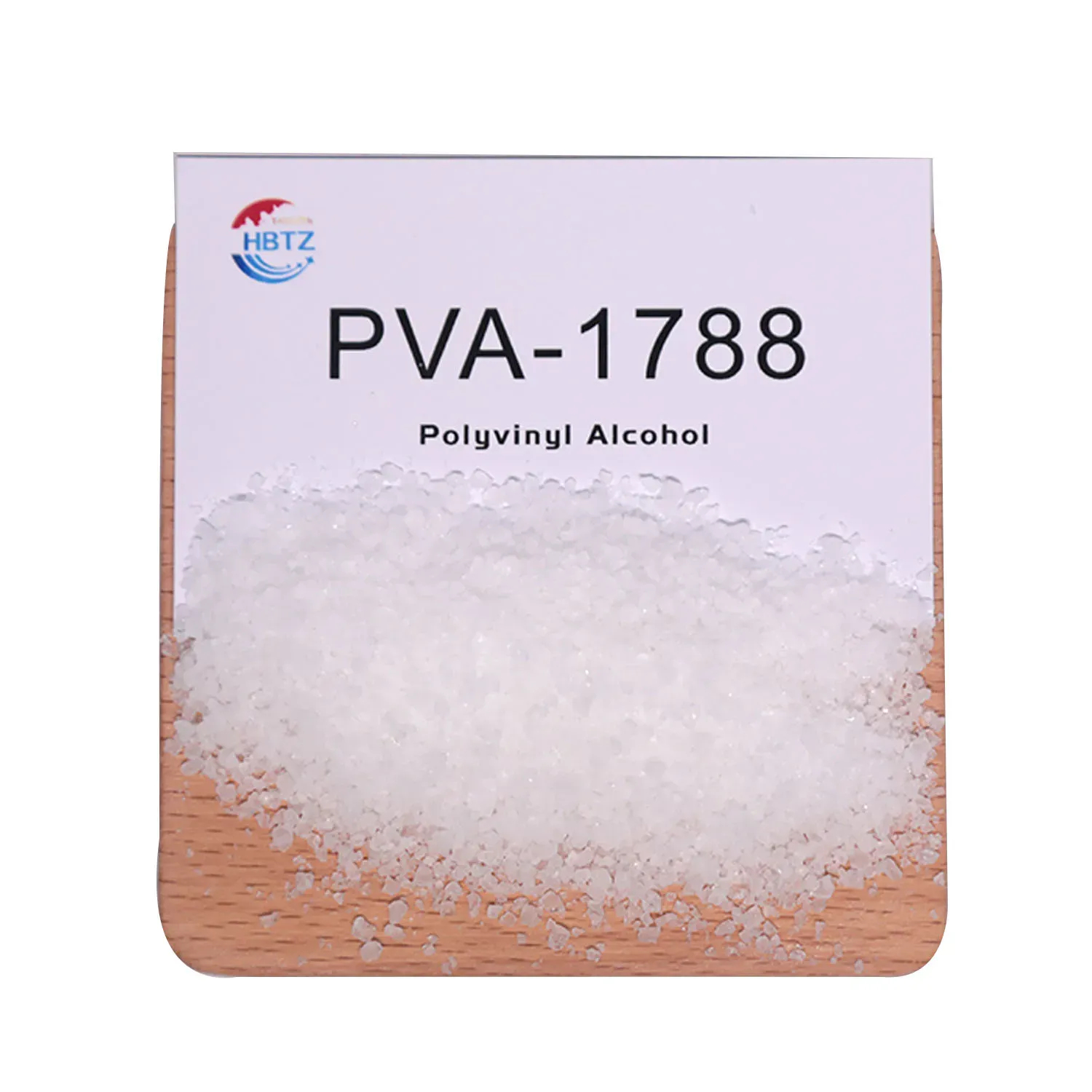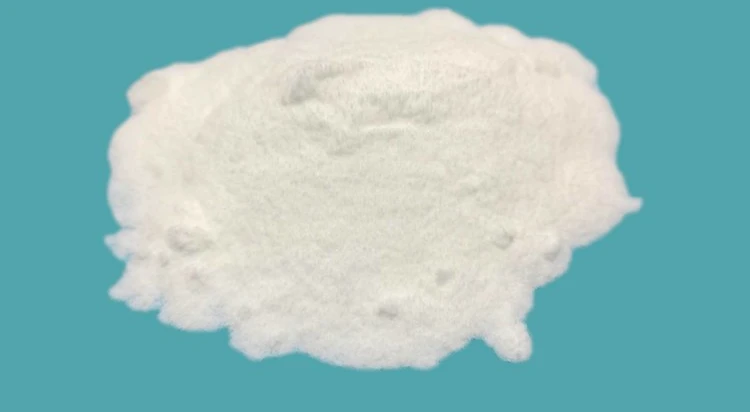
Different Grades of HPMC Choose the Right Cellulose for Your Application
- Introduction to different grades of HPMC and their industrial importance
- Chemical characteristics of various HPMC types and their technical advantages
- Comparison of different cellulose types: HPMC vs. other cellulose derivatives
- An in-depth look at starch and cellulose composition differences
- Manufacturers overview and data-driven analysis of HPMC grades
- Customized solutions for specific industrial applications based on HPMC grade selection
- Application cases and future trends in leveraging different grades of HPMC

(different grades of hpmc)
Introduction: different grades of HPMC across industries
Hydroxypropyl Methylcellulose (HPMC) has become a pivotal ingredient across multiple industries, ranging from construction and pharmaceuticals to food technology and cosmetics. Focusing on the different grades of HPMC allows organizations to precisely meet the demands of varied applications. Grades are differentiated mainly by their viscosity, substitution types, and purity, influencing properties such as solubility, gel formation, and film integrity. Data from the HPMC Industry Council indicates that over 62% of the global HPMC consumption in 2023 belonged to construction applications, underscoring the criticality of grade selection for function and efficiency.
Chemical characteristics and technical superiority of HPMC grades
The chemical structure of HPMC involves substitution of methoxy and hydroxypropyl groups on the cellulose backbone, yielding compounds with distinct viscosity and functional profiles. Key grades include low viscosity (40~100 mPa.s), medium viscosity (400~2,000 mPa.s), and high viscosity (10,000~100,000 mPa.s). For instance, low-viscosity HPMC finds robust demand in injectable pharmaceutical formulations due to rapid solubility, whereas high-viscosity grades are preferred for tile adhesives where high water retention is paramount.
From a technical perspective, higher substitution grades enhance thermal gelation and cohesive strength, critical in cementitious systems. According to a 2022 study by the Polymers Research Institute, HPMC with DS (Degree of Substitution) 1.45 showcased a 23% improvement in tensile adhesion strength compared to a grade with DS 1.20 in ready-mix mortars, directly impacting quality and compliance in construction.
Comparison: different types of cellulose and their industrial impact
Although cellulose derivatives share a natural polysaccharide origin, their performance varies significantly. Comparing different types of cellulose—including HPMC, MC (Methylcellulose), and CMC (Carboxymethylcellulose)—illuminates application-specific strengths. HPMC stands out for its dual thermal gelation and solubility in cold water, MC is renowned for superior film-forming ability in food coatings, and CMC exhibits unparalleled viscosity control in pharmaceutical suspensions.
| Property | HPMC | MC | CMC |
|---|---|---|---|
| Cold Water Solubility | Excellent | Moderate | Good |
| Thermal Gelation | Yes, reversible | Yes, reversible | No |
| Film Forming | High | Very High | Low |
| pH Stability | 4-11 | 3-10 | 4-10 |
| Main Applications | Construction, Pharma, Food | Food, Cosmetics, Pharma | Pharma, Food, Detergents |
This comparative data exemplifies why different grades—and indeed, different cellulose types—must be selected with technical outcomes in mind.
how are starch and cellulose different in their composition: structural and functional contrast
The recurring inquiry—how are starch and cellulose different in their composition—can be addressed through structural biochemistry. Both are polysaccharides formed from glucose units, yet starch (amylose and amylopectin) contains α-(1→4) glycosidic linkages, resulting in a coiled, digestible structure. Conversely, cellulose is composed of β-(1→4) linkages, forming linear, rigid chains resistant to enzymatic breakdown in humans.
This compositional divergence translates into functional differences. For instance, cellulose’s crystalline arrangement is responsible for plant cell wall strength and insurmountable mechanical durability. In contrast, starch’s amorphous aggregation makes it pivotal as an energy reservoir in both plant physiology and human nutrition.
| Attribute | Cellulose | Starch |
|---|---|---|
| Glycosidic Linkages | β-(1→4) | α-(1→4), α-(1→6) |
| Shape | Linear | Coiled/Branched |
| Digestibility (Human) | Indigestible | Digestible |
| Role in Nature | Structural | Energy Storage |
| Industrial Use | Textiles, HPMC, Additives | Food, Thickener |
Technological utilization of cellulose surpasses starch in domains where mechanical stability and chemical modifiability (as in HPMC grades) are required.
Manufacturers’ comparison: evaluating HPMC grades and international suppliers
When choosing a reliable supplier, understanding grade consistency and global benchmarks is critical. Leading producers such as Ashland (USA), Nippon Soda (Japan), and Shandong Ruitai (China) offer different grades of HPMC with tailored technical data sheets. Supplier grading varies by viscosity range, particle size, and substitution ratio.
| Company | Viscosity Range (mPa.s) |
Substitution (DS/MS) | Purity (%) | Annual Output (MT) |
|---|---|---|---|---|
| Ashland | 40 - 100,000 | 1.2~2.0 / 0.2~1.5 | ≥99.5 | 36,000 |
| Nippon Soda | 50 - 75,000 | 1.3~1.7 / 0.2~1.0 | ≥99.3 | 22,000 |
| Shandong Ruitai | 100 - 60,000 | 1.1~2.1 / 0.1~1.2 | ≥99.0 | 68,000 |
This data-driven benchmarking supports industrial buyers in aligning grade specifications with manufacturing needs, ensuring regulatory compliance and competitive performance.
Tailor-made solutions: optimizing product performance with the right HPMC grade
Customized grade selection enables companies to optimize product formulations and address diverse environmental variables and substrate requirements. For pharmaceutical tablet binding, lower viscosity HPMC ensures rapid tablet disintegration, while in external wall putty, medium-high viscosity promotes smooth application and crack resistance.
Technical collaborations between end-users and suppliers have resulted in bespoke grades—such as HPMC-1120G (optimized for low pH stability in acidic construction mixes) or HPMC-60000PH (designed for delayed water loss in hot climates). Over 72% of multinational R&D departments surveyed in 2023 prioritized supplier ability to co-develop custom grades as a principal selection factor.
Application cases and future trends in utilizing different grades of HPMC
Successful application of different grades of HPMC can be observed in real-world settings. Major infrastructure firms in Southeast Asia reported a 16% increase in construction speed after switching to a grade engineered for rapid cement hydration control. In pharmaceutical coating, custom HPMC blends facilitated temperature-stable film formation, resulting in defective rates dropping below 0.8% per production cycle.
The future promises further innovation. With the rise of 3D concrete printing and demand for eco-friendly building materials, the market for specialty HPMC grades is projected to grow at a CAGR of 6.7% through 2027. Stakeholders who proactively understand, select, and deploy the right HPMC grade position themselves to leverage maximum technical and economic advantage in advancing markets.

(different grades of hpmc)
FAQS on different grades of hpmc
Q: What are the different grades of HPMC?
A: Different grades of Hydroxypropyl Methylcellulose (HPMC) are determined by their viscosity and substitution levels. These grades are tailored for specific industrial applications like construction, pharmaceuticals, and food. Common grades include low, medium, and high viscosity types.Q: How are different grades of HPMC used in various industries?
A: Low-viscosity HPMC grades are often used in pharmaceutical tablets for film coating, while higher grades serve construction as thickeners and water retention agents. The choice depends on required properties like gelation temperature and water solubility.Q: What are the main types of cellulose?
A: The main types of cellulose include microcrystalline cellulose, powdered cellulose, and chemically modified celluloses like HPMC, CMC, and MCC. Their differences come from particle size, purity, and chemical modifications. Each type is used for specific purposes in food, pharmaceuticals, and industry.Q: How do starch and cellulose differ in their composition?
A: Both starch and cellulose are polysaccharides made of glucose units, but they have different glycosidic linkages. Starch has α-1,4 bonds, making it digestible, while cellulose has β-1,4 bonds, making it indigestible for humans.Q: Why are there different grades of HPMC and what do they mean?
A: Different grades of HPMC exist to meet varying performance requirements like viscosity, gel temperature, and substitution type. These grades indicate the molecular weight and the amount of hydroxypropyl and methyl groups. This customization ensures HPMC works optimally in diverse formulations.-
Reliable Powdered Cellulose Supplier: Quality, Sustainability & InnovationNewsNov.24,2025
-
Find Trusted Microfibrillated Cellulose Suppliers for Sustainable Industrial SolutionsNewsNov.24,2025
-
Leading Methocel Suppliers: Quality, Innovation & Sustainability in Methylcellulose SupplyNewsNov.23,2025
-
Reliable Hydroxyethylcellulose Suppliers for Industry & Sustainability | Tangzhi HPMCNewsNov.23,2025
-
Top Ethyl Cellulose Supplier – Quality, Sustainability, and Industrial SupportNewsNov.23,2025
-
Trusted CMC Powder Suppliers for Food, Pharma & Industrial Use | Tangzhi HPMCNewsNov.22,2025





















